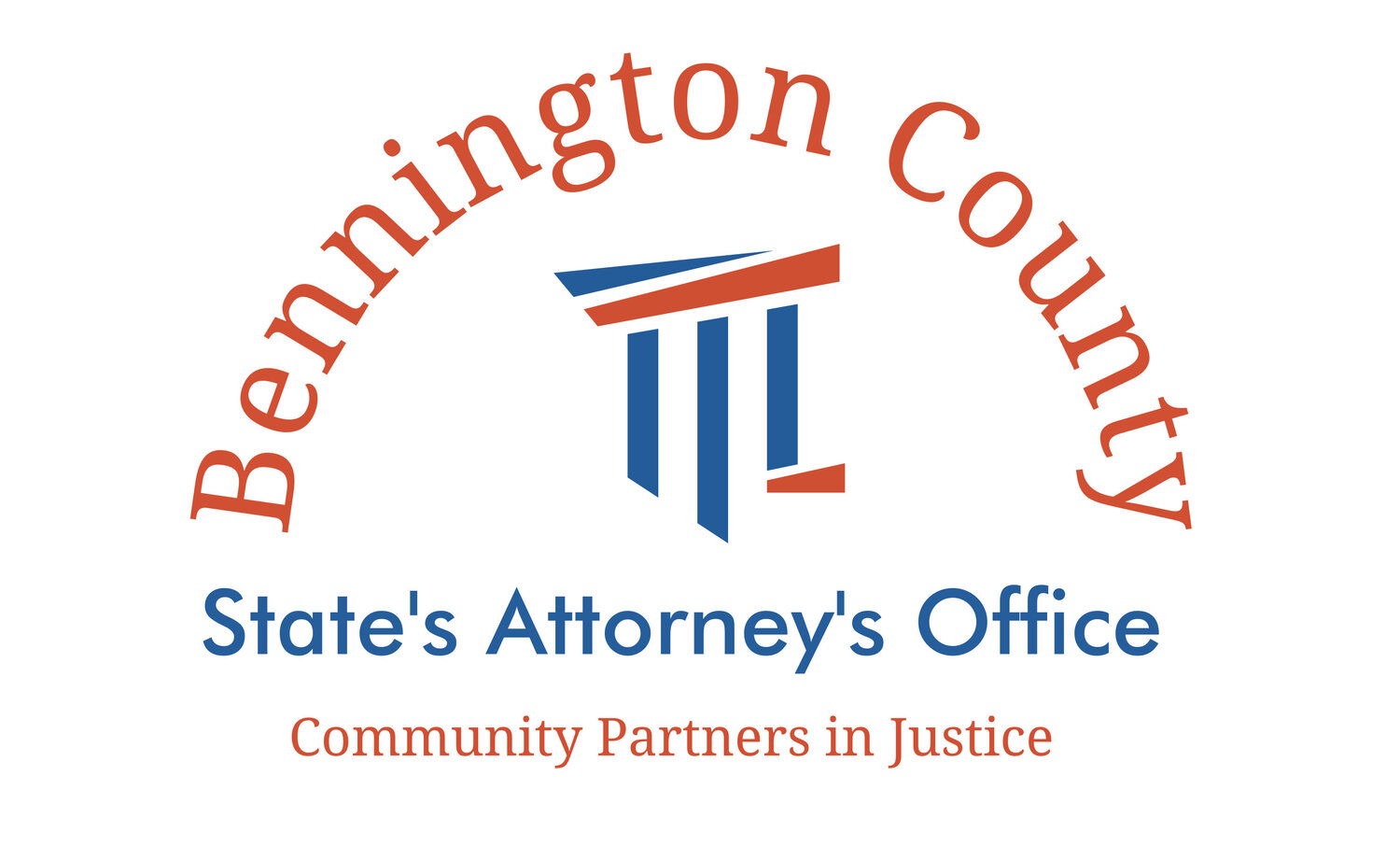Opiate problem is a true crisis
This commentary by Erica originally appeared on vtdigger.com
As state’s attorney for Bennington County, I am confronted on a daily basis with the aftermath of the opiate crisis in our community. I am called by police agencies whenever there is an overdose death in our community. My office helps children who’ve been abandoned by their parents who are addicts. I help coordinate law enforcement efforts to interdict the supply of heroin, fentynal and other illegal opiates in Bennington County. I have had conversations with Southwest Vermont Medical Center personnel, United Counseling Service representatives, addiction treatment specialists, social services agencies and law enforcement officials, all of whom see different aspects of this problem.
People who don’t deal with these problems every day may hear about, but do not truly understand, the full reach of the opiate problem. We are in a crisis. Drug overdose deaths in Vermont have increased 50 percent since 2014. In Vermont, nearly twice as many people died of opiate overdoses than from motor vehicle accidents. Nationwide the numbers are staggering: 42,249 people died of opiate overdoses in 2016. That is more people than reside in all of Bennington County. That same year, more people in the U.S. died from opiate overdoses than from deaths caused by either guns or motor vehicle accidents.
Opiates contribute to an increased crime in our community. Opiate addicts turn to stealing, shoplifting, dealing drugs, breaking into homes, embezzlement and any other crime which can generate money to meet their addiction. The demand for opiates encourages drug traffickers from outside Vermont to come to our community.
Treating opiate addiction poses a significant challenge to Vermont. Opiate addiction is so different from any other addiction, it is difficult for many people to understand. Unlike cocaine or methamphetamines, the pathway to opiate addiction is frequently through legal use. Medical care providers prescribe legal opiates to alleviate pain for any number of conditions. Individuals can become dependant on these drugs after prescribed, necessary and legal use.
For certain individuals, using opiates initiates a biological change in the body which creates a chemical dependency. This dependency is expressed as an overwhelming craving for opiates.
What has been sorely lacking in Bennington County are comprehensive treatment resources to service the people who want to reclaim their lives. To be sure, there is a patchwork of programs to assist addicts. When addicts become involved in the criminal justice system, my office frequently refers people to the Treatment Diversion program run by the Center for Restorative Justice. United Counseling Service, Turning Point, private service providers and other agencies also provide assessment, treatment and recovery services. For those truly in crisis, the closest inpatient facility is either Wallingford or Brattleboro. Frequently getting into treatment poses a huge hurdle for an addict because of its cost or because there is a waiting list for any treatment.
In the near future, through both federal and state efforts, there will be financial resources available to our county and our state. At a roundtable discussion I attended with Congressman Peter Welch and various stakeholders, he informed us that approximately $4 million in new federal grants will be available to Vermont communities to combat the opiate problem. In addition, Gov. Phil Scott and Attorney General TJ Donovan announced that a portion of the tobacco settlement fund will be used to help communities respond to opioid challenges.
I want this article to serve as notice and a call to action. It is notice to Bennington County and all of Vermont that we are on the front lines of an epidemic which is tearing at the very fabric of our community. This is a call to action because our entire community, addiction professionals, health care providers, town governments, elected officials and those who have experienced addiction, need to begin thoughtfully and aggressively planning for how we can best utilize these newly appropriated resources in our community. If we fail to take action now, I’m afraid we will continue to pay the high price addiction extracts from our towns.

